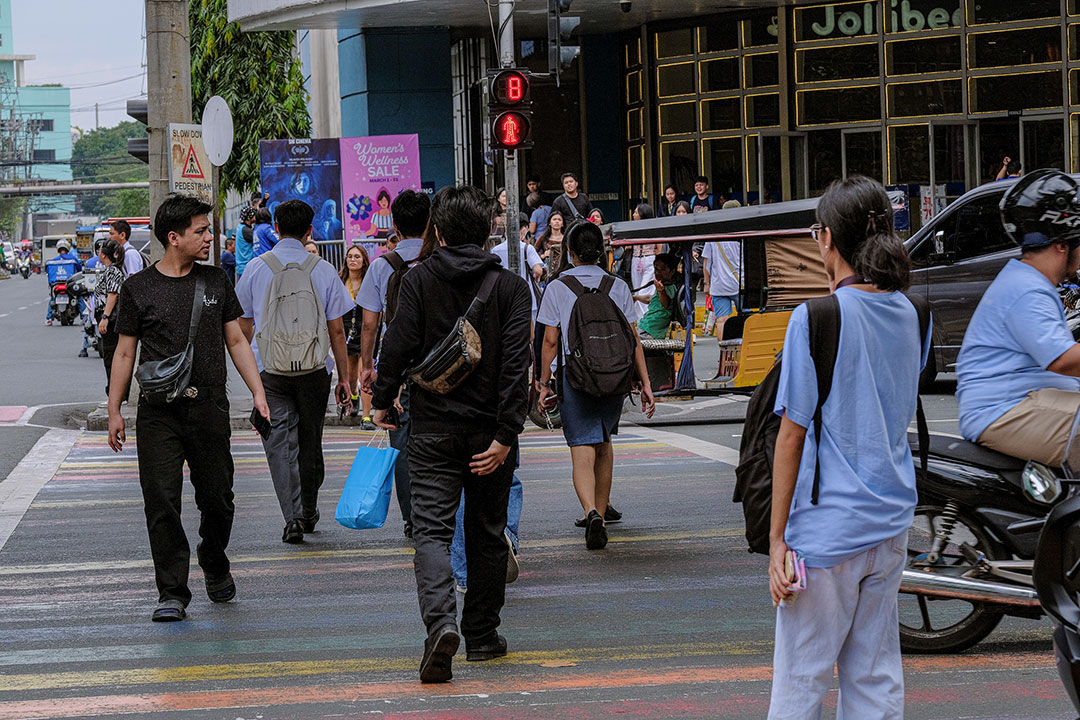Pasay, San Juan post highest literacy rates in 2024

PASAY City recorded the highest basic literacy rate while the City of San Juan posted the highest functional literacy rate in the country in 2024, the Philippine Statistics Authority (PSA) said in a report.
Pasay City posted the highest basic literacy rate among all highly urbanized cities (HUCs) at 96.2%, while the City of San Juan led in functional literacy rate with 94.5%.
Both are in the National Capital Region (NCR), which recorded an average basic literacy rate of 92% and an average functional literacy rate of 80%. These are higher than the national average of 90% and 70.8%, respectively.
The PSA defines “basic literacy” as the ability of a person to read, write, and comprehend a simple message in any language or dialect, and to compute or perform basic mathematical operations; while functional literacy refers to the ability of a person to read, write, and compute at a higher level such as integrating two or more pieces of information and making inferences based on the given information.
Basic literacy is measured for those aged five years and older, while the functional literacy rate covers those aged 10 to 64.
Other national leaders among HUCs in basic literacy were the City of Cagayan de Oro (96.1%), City of San Juan (95.5%), City of Pasig (95.5%), City of Mandaue (95.2%), and Pateros (95.1%).
HUCs that led in functional literacy in 2024 were City of Baguio (89.8%), City of Pasig (89.1%), Pateros (88.1%), and City of Makati (87.3%).
At the provincial level, Apayao recorded the highest basic literacy in 2024 with 95.2%, followed by Benguet, excluding the City of Baguio (94.9%), Romblon (94.6%), Nueva Ecija (94.23%), and Bohol (94.22%).
Benguet, excluding the City of Baguio, (87.9%) outpaced Apayao (86.8%) in functional literacy. They were followed by Rizal (82.1%), Romblon (81.9%), and Batangas (81.3%).
Tawi-Tawi, Davao Occidental, Basilan, Northern Samar, and Sarangani were recorded as the country’s provincial laggards in literacy posting illiteracy rates of 30.5%, 21%, 19.8%, 19.5%, and 15.7%, respectively, in 2024.
The 2024 edition of the report is the seventh in the FLEMMS series, the country’s literacy survey that is conducted every five years starting in 1989. The 2024 survey was conducted between September to October 2024. — Matthew Miguel L. Castillo



